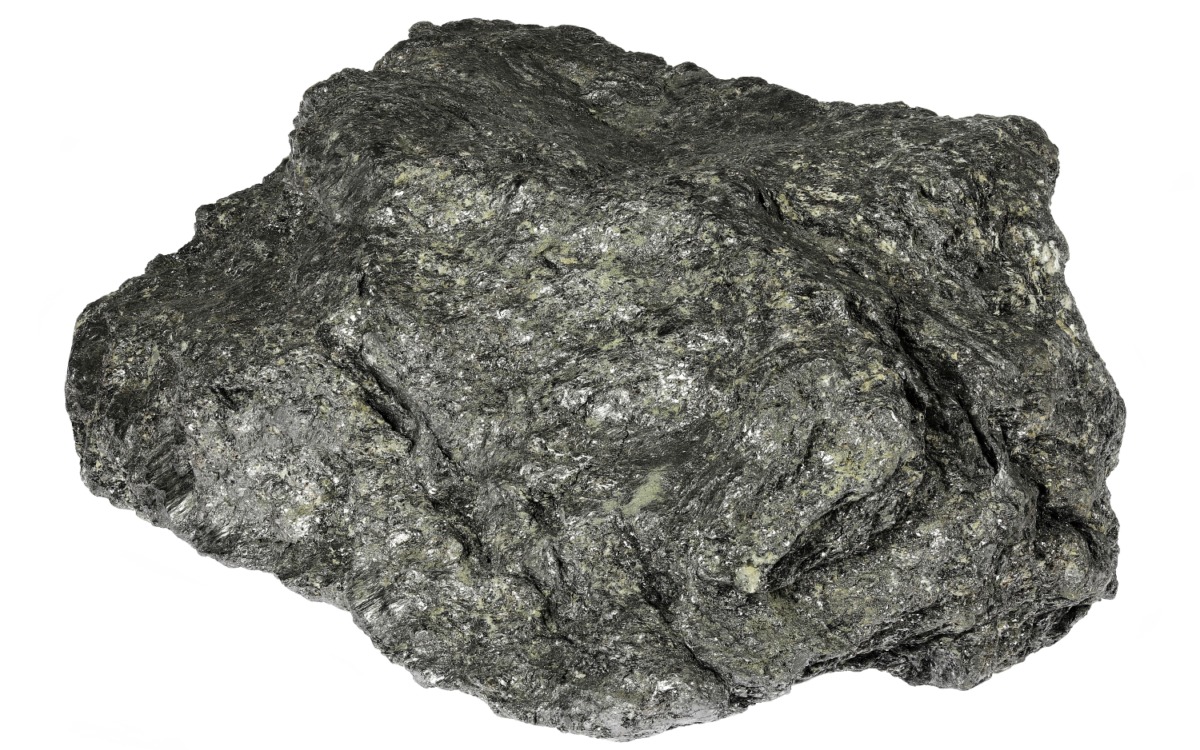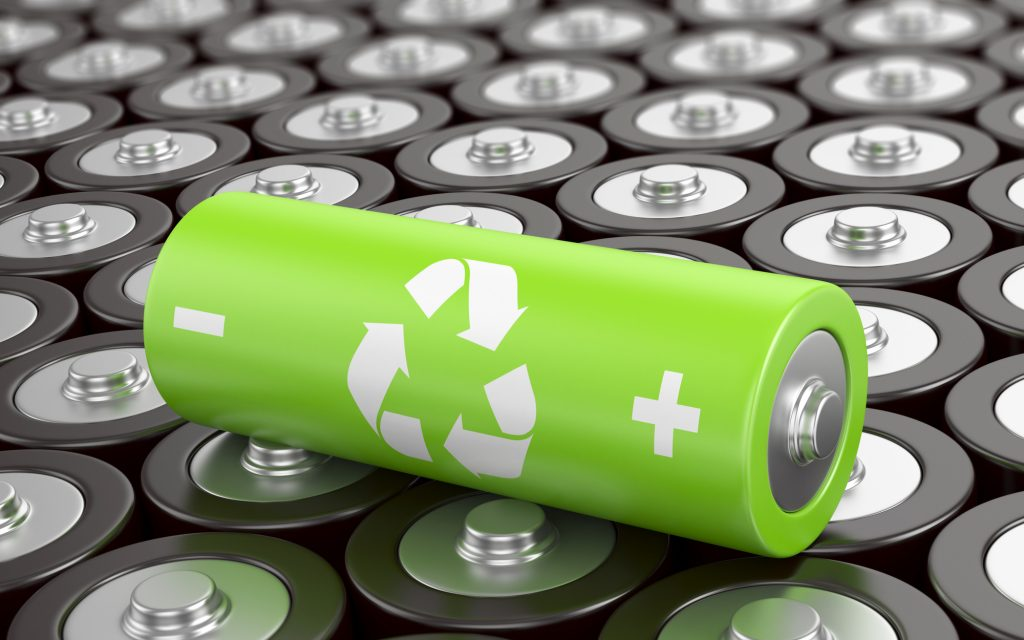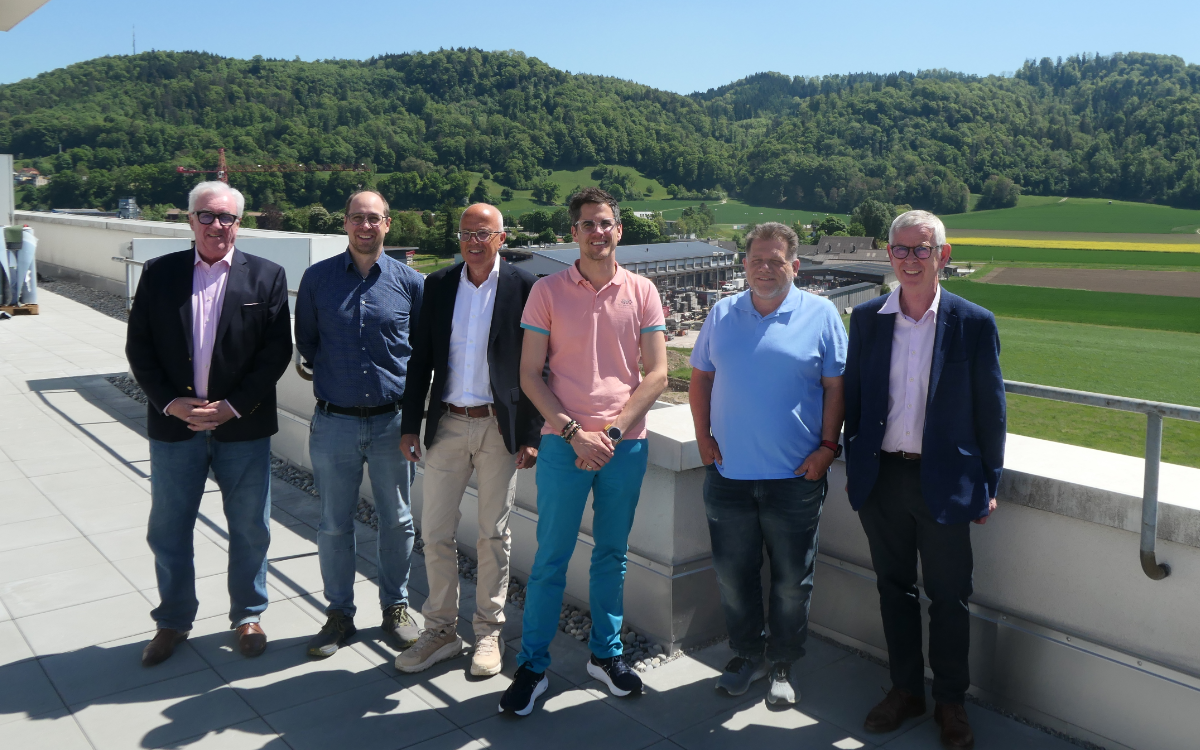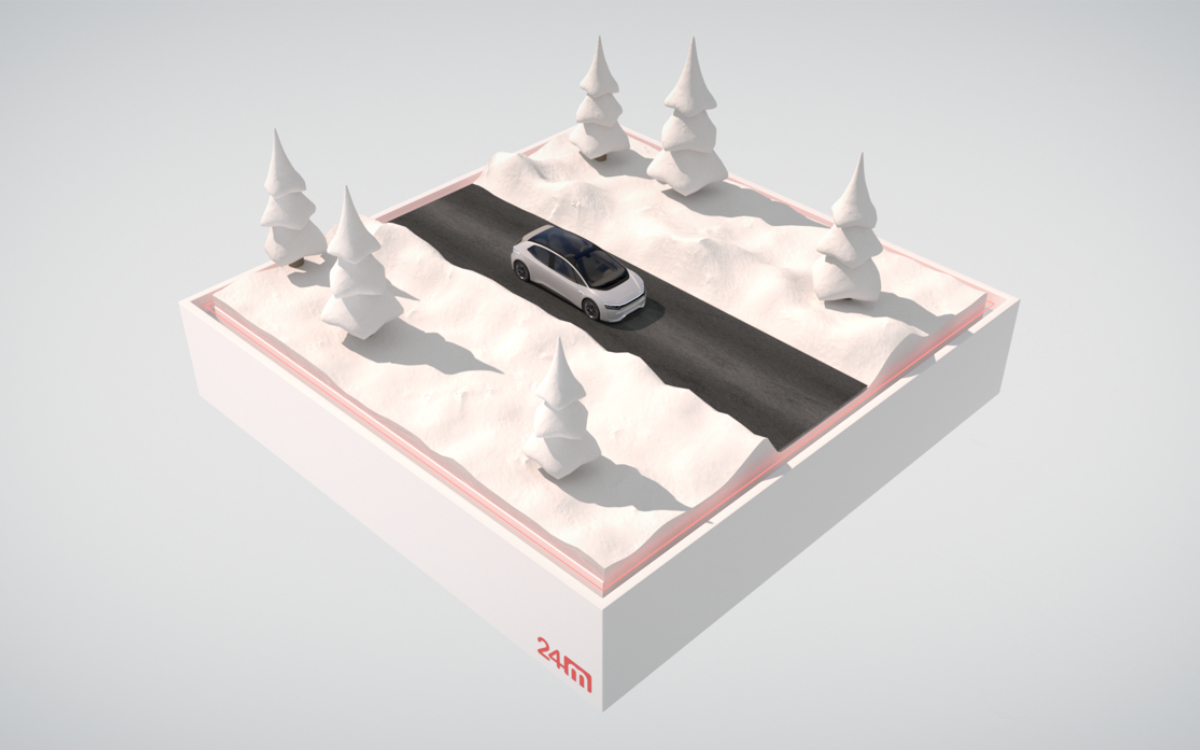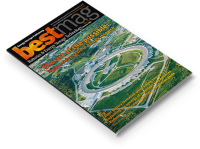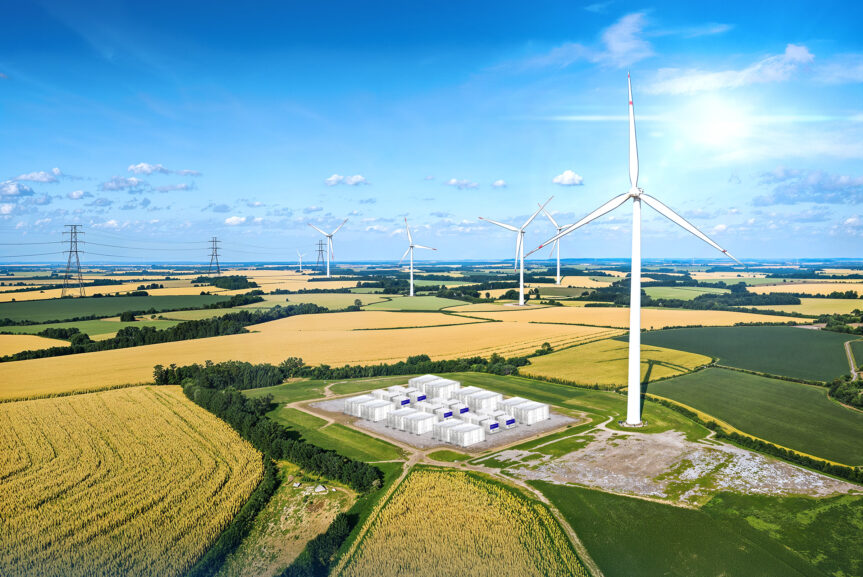The market for electric cars increased by 60% and the market for energy storage systems more than doubled in 2022, according to a report on critical minerals by the International Energy Agency (IEA) on Tuesday.
The hunt for critical metals has become more intense, as the known resources of the most sought-after minerals lithium (+ 300%), cobalt (+ 70%) and graphite are limited to certain regions and countries, for example China, other Asian countries, Australia, South America and Africa.
China is almost totally dependent on the Democratic Republic of Congo for mined cobalt, it said. The number of suppliers is also limited, which increases vulnerability of the supply chain. The situation has led to volatile prices, particularly for lithium and nickel.
To meet the market demand, exploration has been increased by 20% – for lithium by more than 90% – Canada and Australia at the forefront, followed by Africa and Brazil. The collapse of Russian exports of nickel and other strategic minerals has made the market situation even more complex, according to the IEA.
New mining projects will in general generate higher production costs per ton than existing sources. Another consequence of the 160% increase in demand is that venture capitalists have discovered the battery mineral market – the total share of critical minerals is now 4% of all clean energy investments.
There are also technical changes coming up for batteries – high nickel or lithium-iron-phosphate cathodes are becoming more common, while silicon-doped anodes have been adopted by several battery manufacturers. Sodium-ion batteries have experienced a breakthrough, especially in China with 100 GWh production capacity. In addition, recovery of battery metals is being expanded.
To evaluate the situation, the IEA will host the first-ever global summit on critical minerals on 28 September. The idea is to bring together politicians, industry, investors and other stakeholders.

